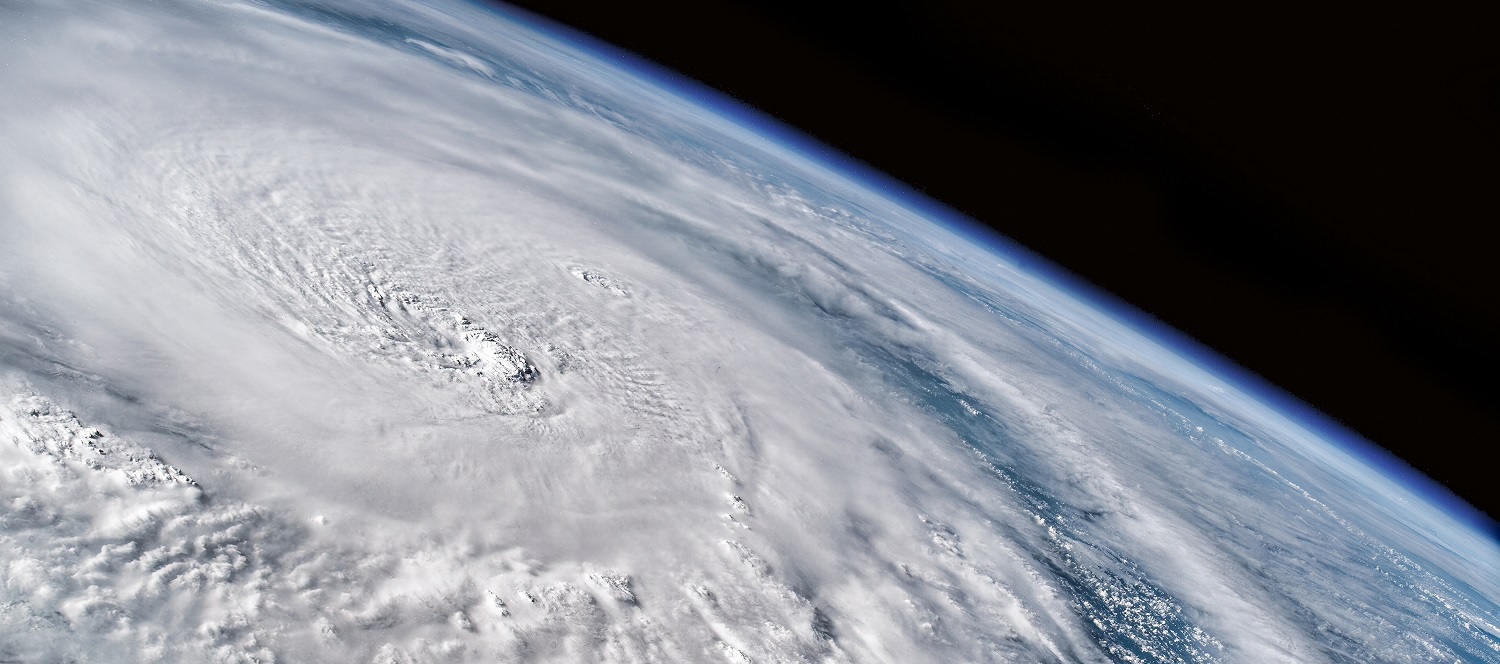
In recent years, hurricane season has become more intense. Hurricanes have also become more frequent leading to increased water and wind damage. According to the National Oceanic and Atmospheric Administration (NOAA), recent hurricanes, such as Oscar in Florida, have been the most damaging storms since 2018.
For all these reasons, as a business owner being prepared is not only wise but essential. This comprehensive guide will help you develop a hurricane preparedness checklist, ensuring you can protect your business assets and employees when a tropical storm strikes.
Understanding the Importance of Hurricane Preparedness
With an estimated $54 billion in structural damage annually and $9 billion impacting commercial businesses, having a robust Hurricane or tropical storm preparedness is crucial especially for coastal states. The U.S. Department of Labor found that 75% of businesses without a preparedness plan shut down within three years following a natural disaster.
Residential areas can be equally affected. A hurricane and storm surge can cause power outages, flooding, personal property damage, and food supply disruptions. By investing time and effort into creating a solid plan, you can mitigate stress and potential losses.
Evaluating Your Risk
You should start with assessing your risk for potential major damages as part of your preparation. Here are a few ideas on how to do that:
- Stay updated on weather forecasts and warnings.
- Understand your area’s history with hurricanes.
- Research local flood zones and evacuation routes.
- Consult community resources for emergency preparedness plans.
- Talk to local authorities about past hurricane experiences.
- Use online tools or apps that provide risk assessments based on geographical data.
- Review infrastructure and resources available in your area, such as shelter locations or medical facilities.
Developing a Detailed Plan for Your Business
Creating a well-structured plan is essential to minimize risks and ensure everyone knows their role.
Inventory Your Assets
Create a comprehensive log that details the locations and contact information of all employees. This should include their workstations, remote locations, and emergency contacts to ensure seamless communication during critical times.
Additionally, identify and secure important documents, such as contracts, financial records, and sensitive information. Assess whether these documents are stored in accessible locations or if they need to be relocated to more secure environments. Implement a system for both digital and physical documentation to ensure that everything is organized and easily retrievable when needed. Regularly update this inventory to reflect any changes in personnel or asset security needs.
Review Insurance Policies
Contact your insurance provider to conduct a thorough review of your current business policies. Your various coverages should reflect any recent changes in your business. Also, inquire about any additional policies that might be beneficial for comprehensive protection, such as umbrella insurance for added liability coverage or specialized policies.
Form an Emergency Response Team
Identify key individuals from different departments who can coordinate and lead the emergency response efforts. You should train them so they understand their responsibilities and are ready to act quickly.
Establish Evacuation Plan
Determine safe evacuation routes and establish criteria for when to evacuate. Communicate these plans clearly to all employees while following the news from various sources including the national weather service.
Minimize Your Losses
If you can’t evacuate, be prepared to hunker down. Securing your office building before a hurricane is crucial to minimize potential damage. Begin by inspecting the structure for any vulnerabilities, such as loose roof tiles or damaged windows, and address these issues promptly. If possible, board up windows to shield them from high winds and flying debris. Move valuable equipment and documents to higher floors or secure locations to protect them from water damage. You can also keep water out by placing sandbags at low lying areas and around entrances along with plastic. Lastly, reinforce doors and entrances to prevent them from being compromised during the storm.
Stock Emergency Supplies
Since hurricanes can last a few days, you should have essential supplies for a prolonged period in case your employees are trapped at work. Here are some basic preparation tips:
Food and water to include in the emergency kit:
- A week supply of non-perishable food
- One gallon of water per person, per day
Toolkits:
- Flashlights with extra batteries
- Chargers for electronics
- Battery operated radio so you can stay informed about the weather
- Essential utensils and a manual can opener
- Duct tape
- Toilet paper
First aid kit:
- Bandages, medication, gloves, etc.
Personal items:
- Cell phones, blankets, etc.
Communication is Key
During a hurricane having a mass communication system to keep your employees and your clients informed about your office closures and precautions you are taking is critical. It’s not enough to create this process, you should make sure your employees know where the mandatory evacuation zone or designated storm shelter is if they need to evacuate.
Train Regularly
Conduct regular training sessions and mock drills to ensure everyone understands what to do in an emergency. Periodical training also helps reveal holes in your preparation and evacuation plans, so you can address them long before there’s an emergency.
Planning for Business Continuity
Depending on the type of your business, halting your operation for a few hours, let alone days, can be quite costly. So your goal should be to minimize downtime. Here are a few areas to consider, so your business can continue operating during and after a hurricane:
Backup Data
Regularly backing up all important business data to an off-site location or cloud-based service will not only help quickly recover from a storm damage, but it is also a cybersecurity best practice. This will help you access crucial information even if your primary systems are compromised.
Invest in a Backup Generator
Consider installing a backup generator in your work locations to keep essential operations running during power outages. This can prevent significant downtime and maintain critical business functions. Also, make sure you have extra gasoline or propane to run your generators during a storm-caused blackout.
Review Employee Policies
It is crucial for your HR department to regularly review and update employee policies, particularly those related to emergency procedures, such as hurricane evacuation.
Moreover, it is essential to communicate these policies effectively to all employees. Organize training sessions, workshops, or informational meetings to ensure that everyone understands the procedures and feels confident in their ability to respond appropriately during an emergency.
Conclusion
By following this comprehensive hurricane preparedness checklist, you can significantly reduce the risks and potential damage to your business. Taking proactive steps now will ensure you are well-prepared when a hurricane strikes. Remember, the safety of your employees and assets is paramount. Start developing your emergency plan today, and consult with your insurance advisor so you have the right coverage. Should you have any questions and need coverage, contact Craig Butler at cbutler@hilbgroup.com.
